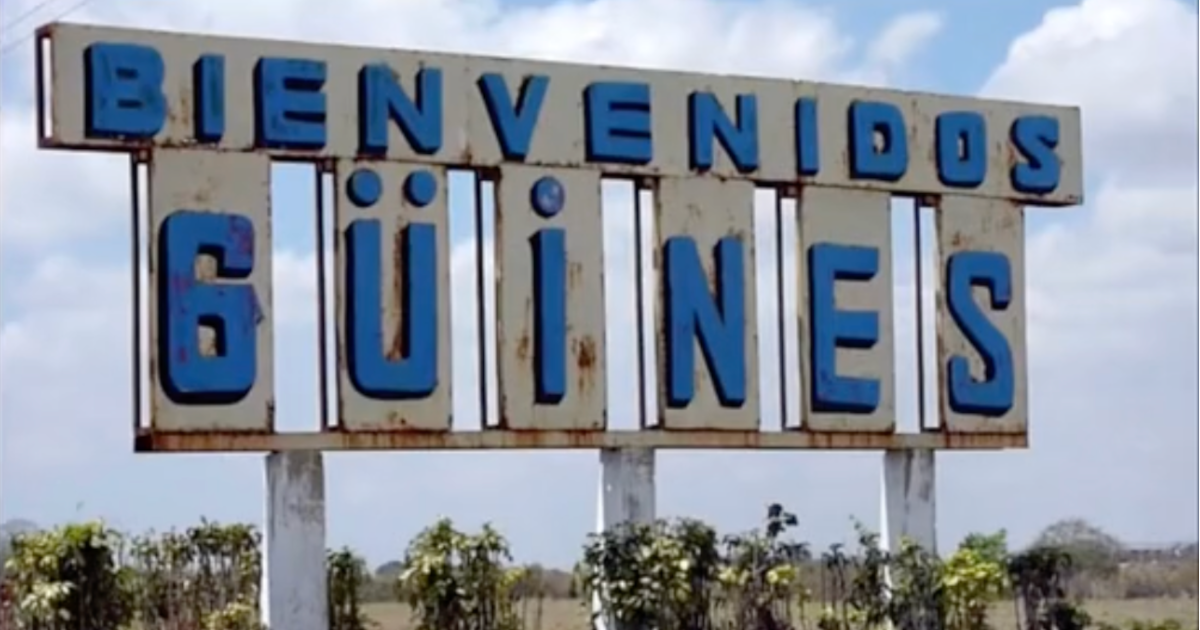When you come to Lake Eru, a few kilometers south of the Bolivian city of Oro, no effort seems to be enough to prevent the environmental degradation of this almost dry wetland that reaches plastic, sewage and waste from nearby mining activities.
The disaster runs counter to the almost forgotten Ramsar announcement, A conference on wetlands of international importance was established nearly twenty years ago after Uru Lake and its neighbor, Pope, were recognized as a rich ecosystem.
There are about 76 species of birds in Uru Uru and Poopa, about 120,000 flamingos in three of the world’s six classes, native plants and fish that serve as a livelihood for the people of Urus, which is believed to be one of the oldest on the continent.
According to activist Limberth Sanchez, Uru Uru is practically a miracle of nature because it overflowed in the middle of the last century from the Descuadero River, which flows north from Lake Titicaca.
“There was even a naval post from 1955 to the 1960s and 1970s,” he said, adding that the “Descuadero” overflow has evolved, and since then fish such as bejerry, karachi and mari have been planted, giving life to “seven fishing cooperatives”.
The figure is not very deep and during humid periods it has reached a meter and a half, however, now the water glass occupies only 20 of the 214 square kilometers, according to data from the Oresia mayor’s office Sanchez.
Harmful package
The most important point is the mouth of the Thackeray Canal, an open sewer that comes from every city, and its dirty water has brought in countless wastes spread over a kilometer.
When there are old toys, shoes, used diapers, containers of all kinds and many skeletons of dogs in the trash pile, thousands of disposable bottles are formed in the sun, increasing or decreasing the heat.
Part of that debris is on the surface, while the accumulated in previous years is like nauseating black resin on a beach beneath the sand.
Sanchez notes that the lake’s water contains “heavy metals, including cadmium, zinc, arsenic, lead, and mercury,” and the acidic water from the San Jose mine reaches there.
Fishing in the area
“From the train (west) it is suitable for fishing and the water (east) from the train is completely polluted,” said Felix Guiros, a fisherman who has been an active tribal leader for many years and is said to be polluted.
The railroad, built many years ago, does not cross the lake and separate the most polluted side.
Entering the Kuros Lake a few days ago, in almost ten hours of work he caught only one silversite not exceeding 15 centimeters, a few decades ago, before 1995, the year he discovered the collapse of the ecosystem, could be three in size.
Even a small tourist shelter on the shores has been abandoned and to no avail other than as a place to raise some pigs. One on the shore has several abandoned rafts because a resident of the area said he did not want to give his name because the lake was “gone”.
There are no configuration solutions
Guillermo Quispe, who is also the mayor’s office’s environmental management director, wrote in a notebook what was needed to clean up about 10 hectares of rubbish-strewn beach, while a team of officers underwent cleaning training.
He estimated that in addition to the many freight trucks, about 500 people would need rubber gloves, pads, boots, several trash bags and at least one paddle tractor to remove that trash, according to him, over the last 8 to 10 months.
The lake could “disappear in a five-year period,” he said, adding that “this needs to be cleaned up” and “a system of upstream phases,” but both the population and the data they handle seem to be insufficient or inaccurate.
Former President Guerrero confirmed that “there are 240 hectares of land, excluding Lake Eru,” affected by the pollution, while Sanchez says all of that debris has been accumulating over the years and little has been done on it.
Flamingos and other dead bird feathers and remains found on the shores of the most polluted part of the lake According to residents, they believe they are getting sick because the water that turned into swamp in those fields is polluted.
The situation has prompted volunteers, officials and politicians to talk about a deep cleanup, which is different from what happened eight years ago, but provided garbage that was never collected.
However, as long as the wastewater treatment plant handles the waste and the composting and recycling plants are operational, this gives the impression that the cleaning done will still not be adequate.



:format(jpeg):focal(296x346:306x336)/cloudfront-us-east-1.images.arcpublishing.com/gfrmedia/MVZIXAN3TNA47F7X6F2BXL5WWI.png)

